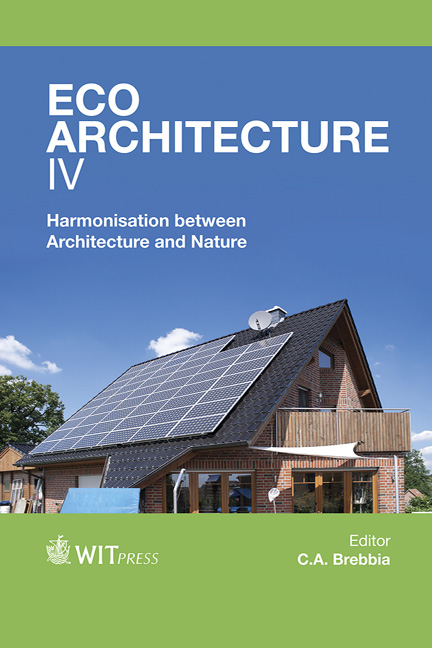Learning From Traditional Architecture
Price
Free (open access)
Transaction
Volume
165
Pages
9
Page Range
85 - 93
Published
2013
Size
1,305 kb
Paper DOI
10.2495/ARC120081
Copyright
WIT Press
Author(s)
S. Schelbach & U. Dietrich
Abstract
This investigation tries to find the most important strategies for passive measures looking at traditionally built houses in the upper town of Thessaloniki in northern Greece. The buildings were analysed with simulation tools to learn about the effect of the building materials, the form and size of the windows and the natural ventilation and the location of the buildings inside the city for the thermal comfort which is known as very good. The result of the investigation will be the basis for a planning guideline for renovation of houses with a low energy standard and recommendations for new buildings. Many houses in northern Greece have a very high energy demand concerning both heating and cooling. The guideline will help architects and planners to develop design and refurbishment concepts using strategies which have already been used in this region for a long time. The method of transferring passive strategies found by looking at traditional architecture is shown by the example of northern Greece, but can be used for other regions in the same or similar way. Keywords: traditional architecture, vernacular architecture, passive cooling, sustainable, natural ventilation, thermal comfort.
Keywords
traditional architecture, vernacular architecture, passive cooling, sustainable, natural ventilation, thermal comfort





